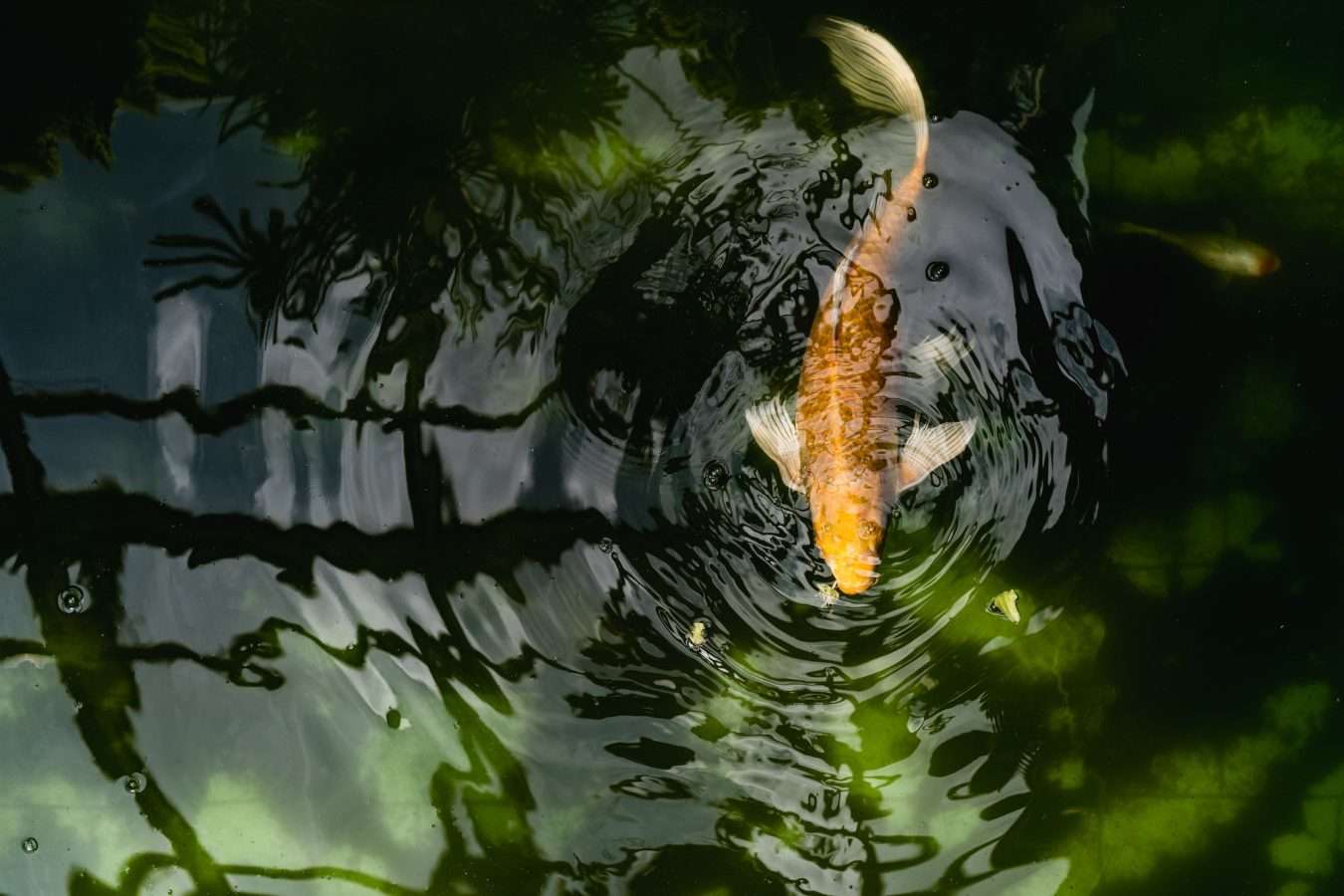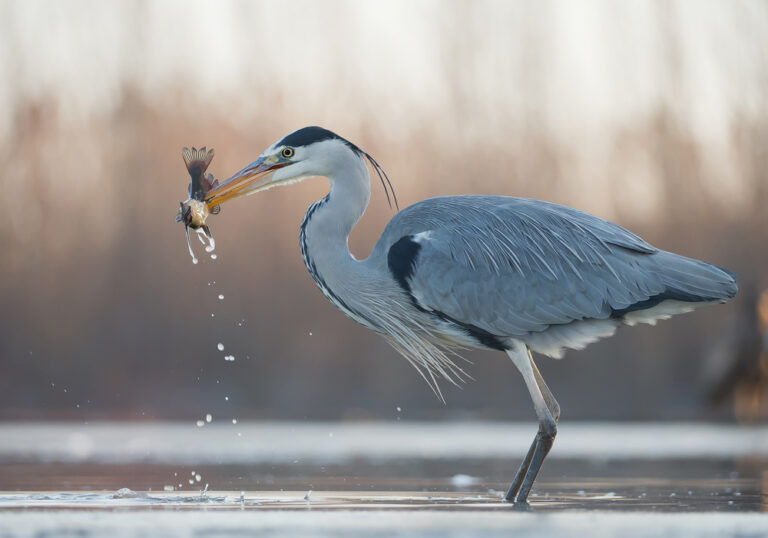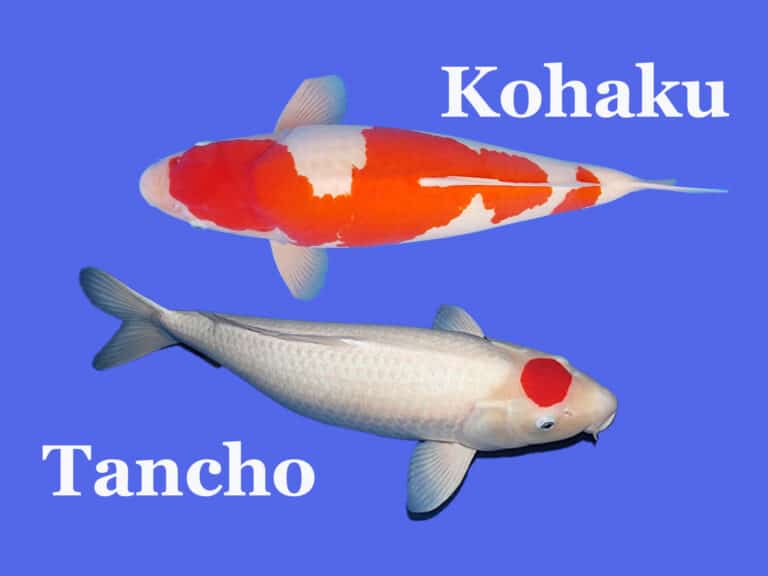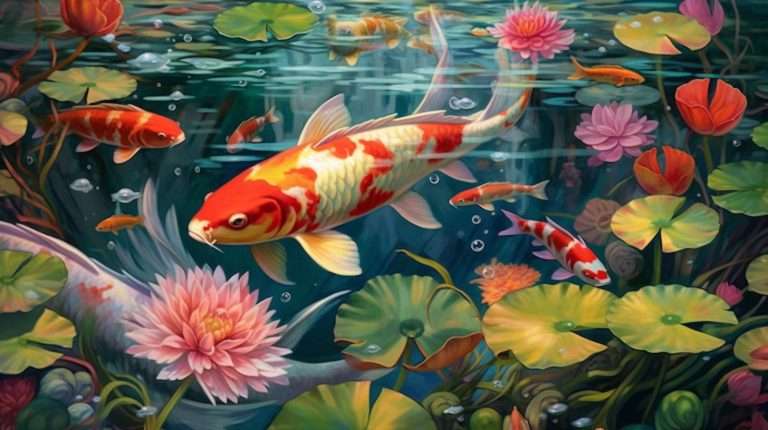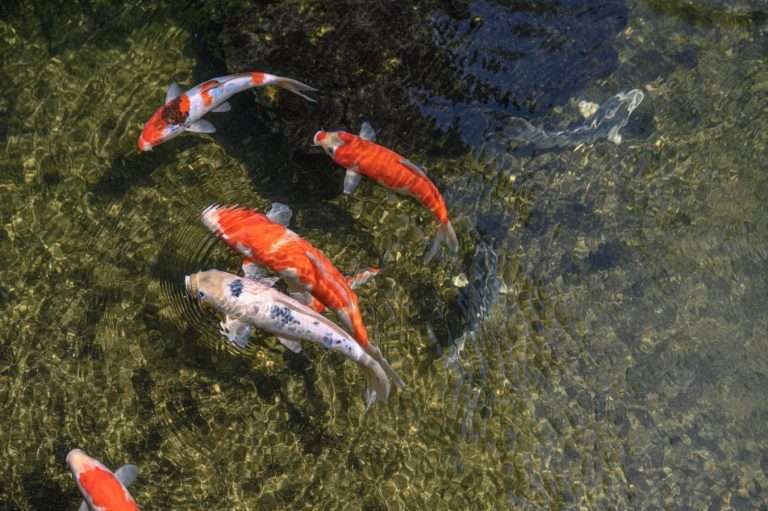The Art of Koi Fish Photography
The art of Koi fish photography is in capturing the beauty of koi fish in a photograph. These popular fish make stunning pictures with their vibrant colors and graceful swimming motions.
The first step is becoming familiar with your equipment: know what type of camera you’re using and its settings and capabilities. This knowledge will help ensure your pictures turn out exactly how you want them to.
Additionally, understanding the basics of photography, such as composition, lighting techniques, and focus points, is essential in creating successful photos. Taking time to learn about these concepts will give you a significant advantage when it comes time actually to shoot your photos!
Time And Lighting
Are you a budding koi fish photographer in search of the perfect shot? Let’s start by saying there is no ‘one size fits all’ approach to capturing stunning images.
Timing is critical when photographing any subject. To capture beautiful koi fish photos, shoot during sunny days with ample natural light – preferably early morning or late afternoon. This will give your photographs a beautiful glow that can’t be replicated indoors under artificial lights.
Try experimenting with different angles and perspectives to capture unique framed pictures. If possible, avoid using flash as it tends to flatten out colors and details due to overexposure; instead, opt for slower shutter speeds to help bring out the vividness of their scales.
Always use available light sources before using other options, such as reflectors or diffusers. With patience and practice, you’ll soon become a master at taking breathtaking photos of these fascinating fish.
Use A Polarizing Filter
Using a polarizing filter when photographing koi fish is essential for capturing vibrant colors and improving contrast. This type of filter can be rotated to adjust light intensity, which helps reveal details in the shadows. It also makes capturing reflections on water surfaces easier, making each shot unique.
It’s essential to remember that this type of filter works best when used at an angle perpendicular to your subject matter. When shooting koi fish, you’ll want to position yourself so the sun is at a 45-degree angle relative to your camera lens – if possible, try setting up shots with the sun behind you as well. This will ensure optimal lighting conditions for achieving results that truly pop.
Don’t forget to experiment with different angles and perspectives when using a polarizing filter. With practice, you’ll soon become adept at crafting captivating compositions. Moving around, changing focal lengths, and zooming into specific areas are all great techniques for creating stunning images that showcase these incredible creatures’ beauty and personality.
Be Patient And Observe
The art of koi fish photographs is a specialized field; patience is essential for success. Observing your subject’s behavior will help you capture stunning photographs that reflect their beauty and grace. Here are three tips to ensure great photos:
- Set up your camera in advance – make sure it’s ready before you begin shooting;
- Focus on one specific fish – try to get as close as possible without disturbing them;
- Be patient – wait until the koi moves into an exciting position or does something captivating before pressing the shutter button.
It’s important to remember not to rush when photographing these gentle creatures. Take breaks while waiting for action shots – it may take longer than expected, but the resulting photos will be worth it! Allowing yourself enough time also allows you to experiment with different angles, compositions, and settings until you achieve beautiful images of your subjects in all their magnificence.
Experiment
Now that you’ve mastered the importance of patience and observation when photographing koi fish let’s move on to the next step – experimenting with different angles and perspectives.
Consider your subject matter when experimenting with different angles, and adjust your lens accordingly. For instance, if you’re trying to photograph a school of colorful koi swimming together, try positioning yourself above them or at their level for a more dynamic-looking image.
Of course, you can also experiment by zooming out further, which will give your photo a more comprehensive view but won’t be as impactful. Additionally, don’t forget about shooting from various distances – close-ups can help accentuate the details and poise of each koi, while wide shots are great for capturing more significant scenes.
And remember: never be afraid to get creative. Playing around with exposure levels and special effects like blurring backgrounds can make your photos stand out. Similarly, using props such as rocks or plants combined with natural light can add another layer of depth to your images.
Use A Fast Shutter Speed
Using a fast shutter speed is essential when photographing koi fish. It allows you to capture the beautiful colors and patterns of the fish as they move through the water, enabling you to take stunningly sharp photographs. Let’s look at some key points on how to use a fast shutter speed effectively:
| Shutter Speed | Action Captured | Examples |
|---|---|---|
| 1/500s | Fast Movement | Jumping Fish |
| 1/250s | Medium Movement | Turning Fish |
| 1/125s | Slow Movement | Floating Fish |
If you want to show more motion in your photograph, opt for slower speeds, such as 1/250th sec or lower. A faster shutter speed will freeze any movement in the frame, allowing for clear shots even if your subject is moving quickly. For example, for shooting a moving or turning koi fish, try using a shutter speed of 1/500th sec (or higher) for maximum clarity.
The choice of shutter speed also depends on the amount of light available; if it’s too low, then increasing the shutter speed may result in underexposed images due to insufficient exposure time. Make sure that you adjust other settings accordingly so that your photos come out looking great. With practice and experimentation with different speeds and lighting conditions, you’ll soon master this technique and make unique koi fish photography art pieces worthy of being framed!
Frequently Asked Questions
What Type Of Camera Should I Use For Koi Fish Photography?
It’s natural to ask yourself what camera you should use for koi fish photography. After all, this is a technical artistry that requires the right equipment to capture stunning images.
When selecting a camera for koi fish photography, consider the features you need or want. Are you looking for something compact and lightweight? Or do you prefer one with more advanced features, such as manual controls?
Do you have any specific lenses in mind? What kind of image quality would give your photos the best results? Once you’ve considered these questions, narrowing down your options and picking a suitable model for your needs will be easier.
In addition to technical specifications, it’s also helpful to consider the environment where you plan to take photos. Does your venue allow for natural light or require unique lighting setups? Will there be times when flash photography might be needed? All these things should factor into which camera system is ideal for capturing gorgeous shots of koi fish.
Furthermore, if budget is an issue, researching prices beforehand could help ensure you don’t overspend on equipment that may not provide maximum value or performance.
With careful consideration and research, finding the perfect camera setup doesn’t have to be daunting. By considering the various aspects mentioned above, including specs and cost, prospective photographers can determine their own optimal choice without feeling overwhelmed by too much information. Armed with knowledge and confidence in their selection process, they’ll soon create unique artwork through the lens!
What Is The Best Distance To Take Photos Of Koi Fish?
Taking photos of koi fish can be challenging, as getting the proper distance is essential for capturing the best shot.
The answer depends on the type of photo you aim to achieve and your subject’s size. If you want to capture stunning close-up shots that show off their intricate details, you should aim for around 12 inches away from your subject – but no closer than 8 inches, or you risk spooking them. For larger images such as full body shots or portraits, keeping at least 3 feet away is best so they don’t feel intimidated by your presence. It also helps if you have a longer lens so your camera doesn’t have to be too close.
Lastly, when shooting underwater photography of koi fish, ensuring enough light reaches them is essential. This will ensure their beautiful colors are evident in your photographs and prevent any potential blurriness due to low lighting conditions.
What Type Of Lens Should I Use For Koi Fish Photography?
When capturing the majestic beauty of koi fish, lens choice is essential. Whether professional or amateur, your lens choice will help determine your shots’ success.
Here are some tips for selecting the right lens when photographing koi:
- Look into macro lenses for detailed shots capturing every fish scale and fin.
- Consider wide-angle lenses if you’d like to take landscape photos that include koi fish swimming around.
- Fisheye lenses can also create exciting perspectives above and below the water’s surface.
- Telephoto lenses are great for getting close-up shots without disturbing the fish too much.
- Zoom lenses provide more versatility, offering telephoto and broad-angle capabilities in one package.
No matter what type of lens you decide to use, make sure it has fast autofocus capability so you don’t miss any exciting moments underwater with your koi friends.
How Can I Ensure The Clarity Of My Photos?
Capturing the beauty of koi fish in a photograph can be tricky and requires careful consideration. In fact, according to a survey conducted by Professional Photographer Magazine, 96% of photographers struggle with capturing photos of their koi pond. Fortunately, there are several steps you can take to ensure the clarity of your photographs.
To start, using the right lens is critical. Generally speaking, wide-angle lenses will provide more depth and detail in your images, while telephoto lenses will help isolate elements that may get lost in a snap. Additionally, manual focus is better as autofocus tends to be unreliable when photographing koi fish.
Lighting is crucial in getting clear shots of these graceful creatures, so paying attention to how you’re illuminating them is essential. Natural light or artificial lights like flashlights work well for this purpose. If you want even lighting across all photo elements, consider investing in studio strobes that offer great flexibility and control over exposure settings, allowing you to capture stunningly sharp images every time.
Beyond equipment considerations, timing matters just as much – try shooting at dawn or dusk when the sun is low on the horizon and create beautiful backlit silhouettes for added drama and contrast.
What Are Some Techniques To Capture The Movement Of Koi Fish?
Capturing the movement of koi fish can make for some stunning photography. With their vibrant colors and graceful swimming patterns, it’s no wonder that photographing these beautiful creatures is so popular. As a photographer, you’ll want to ensure your shots are clear and properly showcase the beauty of each koi fish. So what techniques should you use? Here are five tips to help you capture the perfect shot:
1) Use a slow shutter speed: A slower shutter speed will allow more light into the lens, meaning you can capture more detail in each frame. This also allows for greater control over how much motion blur there is in your photos.
2) Find the proper settings: Setting up the correct white balance, aperture, and ISO settings on your camera before shooting is essential to get good results with minimal post-processing work needed afterward. Experimenting with combinations until you find one that works best for your situation is critical here.
3) Have patience: Patience does pay off when photographing koi fish as they often move quickly but unpredictably – waiting for them to settle down or swim into an interesting pose can be worth it! It’s essential not to rush through any part of the process as this could cause blurry images or, worse – missing out on capturing that moment entirely!
4) Look at angles differently: Trying unique tips can yield excellent results; from low angles looking up towards the sky or high rises looking down towards the water’s surface, both provide a different perspective that can be used creatively within your photos.
5) Invest in equipment upgrades: Investing in quality lenses or other equipment, such as flashguns and tripods, may help improve overall image quality and give access to features like auto-focus tracking or image stabilization; otherwise, it is unavailable without upgrading existing gear.
With all this knowledge now, it’s time to start practicing! Start by setting up a few practice shoots around the home where lighting conditions and other variables might be easier to manage than outdoors – don’t worry if things don’t turn out perfectly initially; keep trying new approaches until something clicks! Once confident enough with indoor shots, head outside and put those skills into action – who knows what amazing captures await?
Conclusion
When taking pictures of koi fish, it’s essential to remember the tips I’ve provided. Using the right camera and lens, keeping a reasonable distance from your subject, and using a slow shutter speed can help you get that perfect shot.
So go ahead – pick up that camera and capture those beautiful moments of koi in motion. Before you know it, you will have mastered the art of koi fish photography.
Originally posted 2023-05-03 04:52:02.

